What Is Mochi (Delicious)?
Description
The Sweet and Savory History of Mochi
This delightful delicacy boasts a rich history spanning centuries.
Understanding Mochi
Mochi is a traditional Japanese rice cake made from a special glutinous rice known as mochigome. This rice is steamed, pounded into a smooth dough, and molded into various shapes.
"In the U.S., mochi is often seen as a sweet treat, commonly in forms like mochi ice cream or daifuku, which are filled with bean paste or fresh fruit like strawberries," explains Jane Matsumoto, Director of Culinary Arts at The Japanese American Cultural & Community Center. "In Japan, however, it is typically enjoyed in its simplest form as a pounded white rice cake, especially during the New Year."
In addition to traditional uses, there are various Japanese desserts that incorporate mochi without exclusively using glutinous rice flour. For instance, namagashi is "raw mochi" filled with bean paste and sometimes flavored with matcha or colored dyes. Dango consists of skewered bite-sized mochi pieces drizzled with sweet sauce or bean paste, while sakura-mochi, often enjoyed in spring, is wrapped in cherry blossom leaves.
Ingredients of Mochi
Mochi is crafted from mochigome, which is soaked overnight, steamed, pounded into dough, and shaped. Sweet mochi variations can include fillings like bean paste, ice cream, or fresh fruit.
While modern production often involves machines, traditional Japanese methods include communal gatherings and ceremonies. Matsumoto outlines the hand-making process:
- Mill Steamed Rice: Hot, steamed rice is placed in a traditional usu, a large mill designed for this purpose.
- Pound into a Ball: One person pounds the rice with a kine, a heavy wooden pestle, while another turns the sticky rice to create an elastic “mochi ball.”
- Rest and Shape: After achieving a smooth dough, the mochi rests before being shaped into discs. It can be consumed immediately or dusted with potato starch to prevent sticking.
The Cultural Significance of Mochi
Mochi holds great cultural importance in Japan, believed to have gained popularity during the Heian period for celebrations such as weddings and the New Year. "Traditional New Year mochi is white, symbolizing rice, and shaped into a palm-sized disc," Matsumoto explains. "It can be grilled or toasted and is often served in ozoni, a traditional New Year soup, appreciated for its chewy texture rather than sweetness."
Historically, larger stacked discs of mochi, known as kagami mochi, symbolize good luck during the New Year. These are often topped with a citrus fruit called dai dai to honor ancestors and future generations. The eleventh day of January, known as Kagami Biraki, is considered auspicious for breaking this stacked mochi, which is then used in various dishes.
Exploring Butter Mochi
Butter mochi is a popular Hawaiian dessert made with butter, coconut milk, and mochiko, the flour derived from sweet glutinous rice. "In Hawaii, butter mochi is more popular than brownies," Matsumoto notes. It’s a common sight at potlucks and is made in a sheet pan, resulting in soft, buttery, chewy cake-like squares.
Delicious Mochi Recipes
Mochi Brownies
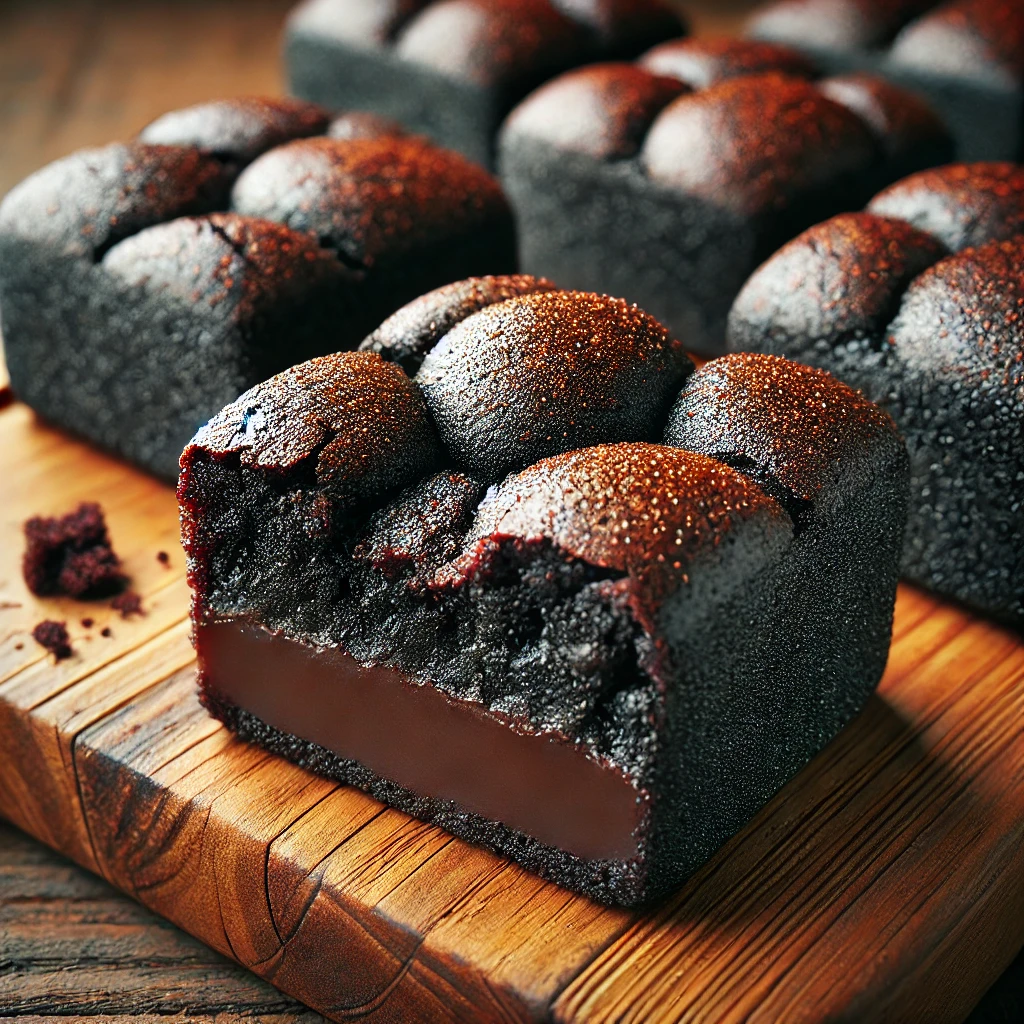
These fudgy brownies use sweet rice flour instead of all-purpose flour for a delightful chewiness. Allow extra time for the batter to set.
Butter Mochi
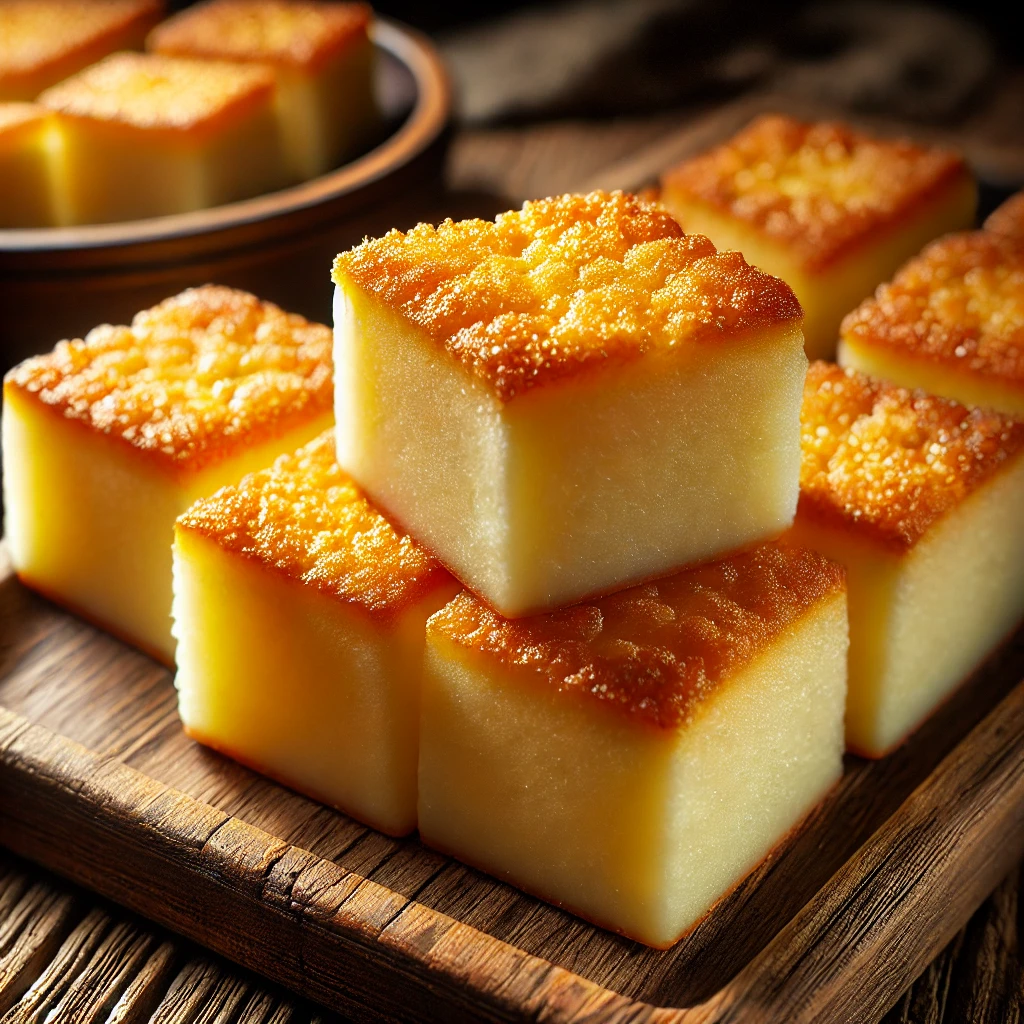
A staple at Hawaiian gatherings, butter mochi is sweet and dense, perfect for sharing. Sprinkle shredded coconut on top before baking for added flavor.
Mochi Doughnuts
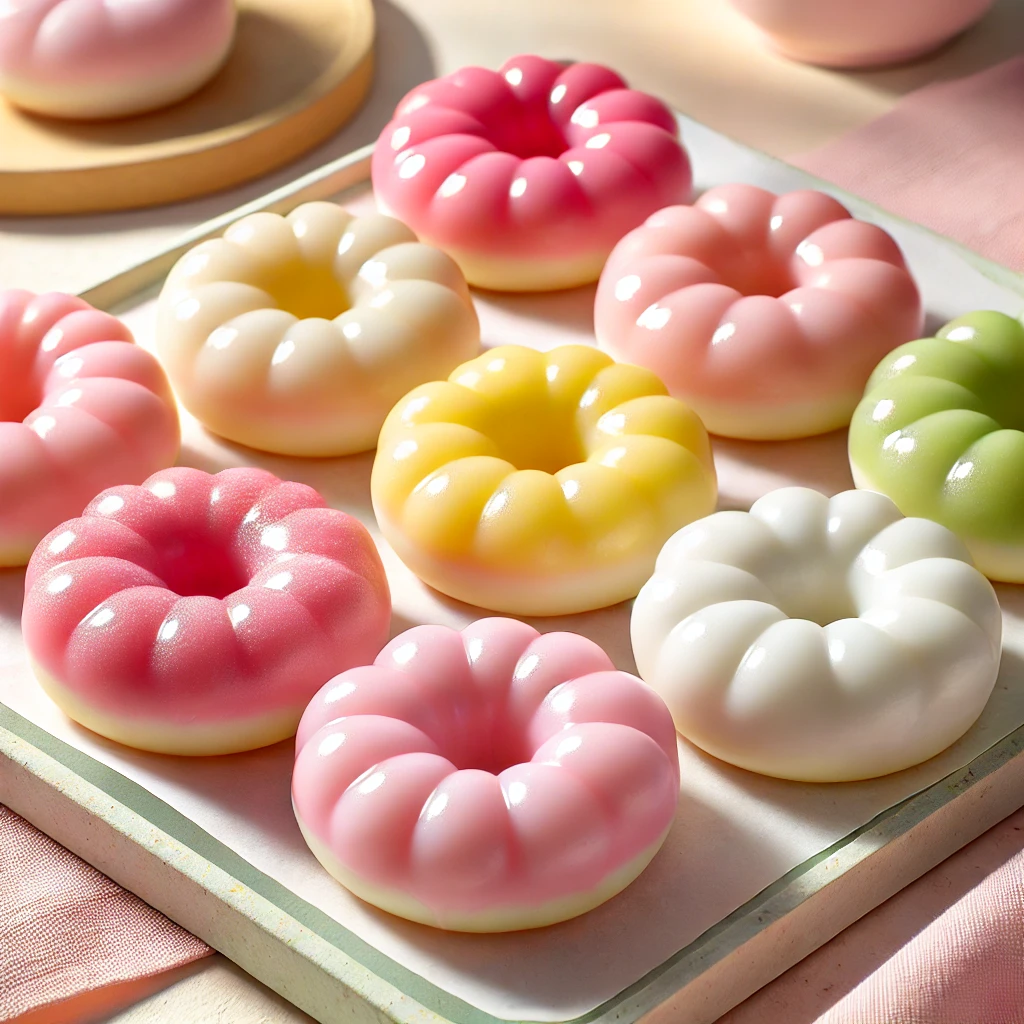
Combining mochiko and tapioca flour creates a unique bouncy texture. A touch of all-purpose flour adds a delightful cakey chew.
Confetti Mochi Cookies
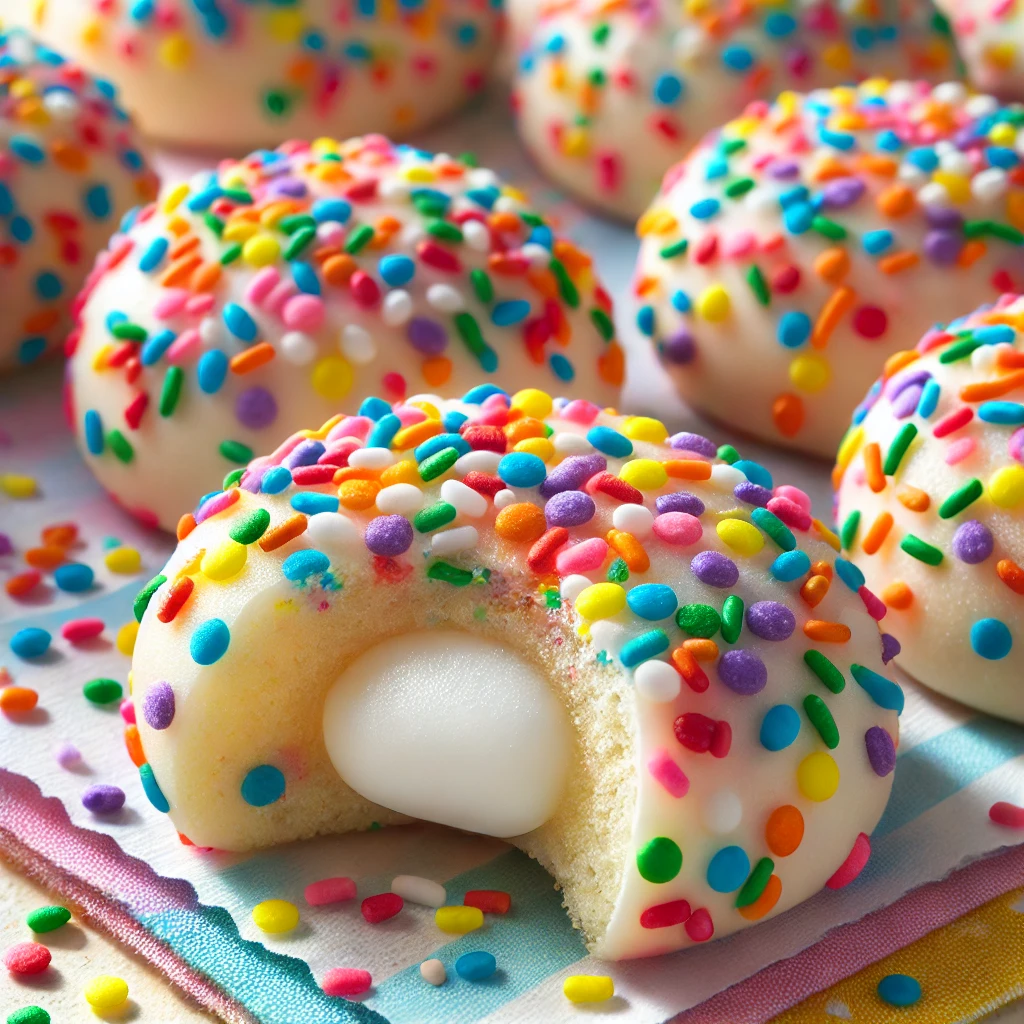
For those who enjoy chewy cookies, these mochi-stuffed treats feature soft sugar cookies with a gooey center, enhanced by colorful rainbow sprinkles.
Mochi Ice Cream
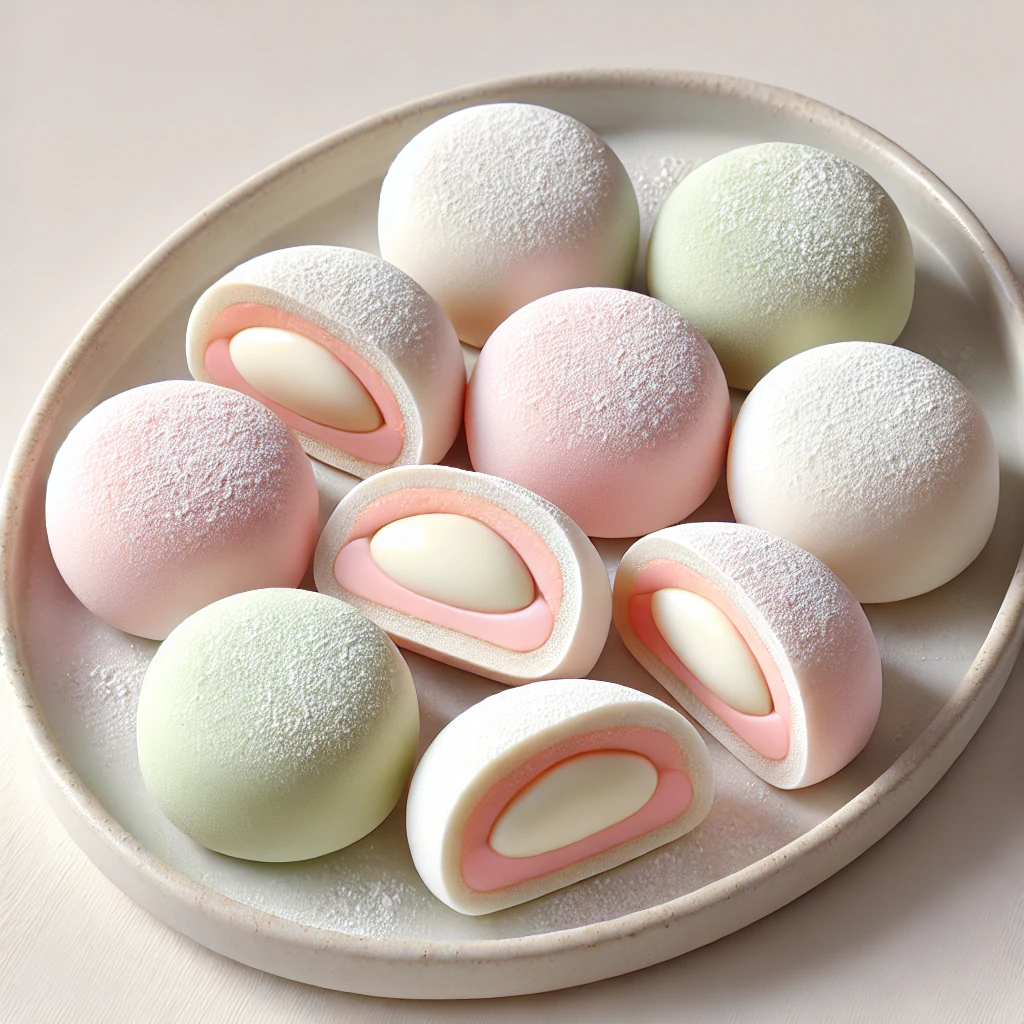
While mastering the technique for these frozen treats takes practice, they are delicious regardless of appearance.
Feel free to explore these variations and enjoy the rich heritage of mochi!




You may also like...
Unicorn Cake 🎂 Magical Pastel Layer Cake Recipe for Any Celebration
Gluten-Free Cool Whip Cookies Recipe: Easy & Delicious
Dandelion Chocolate Lava Cake: Pure Bliss in Every Spoon🍫✨